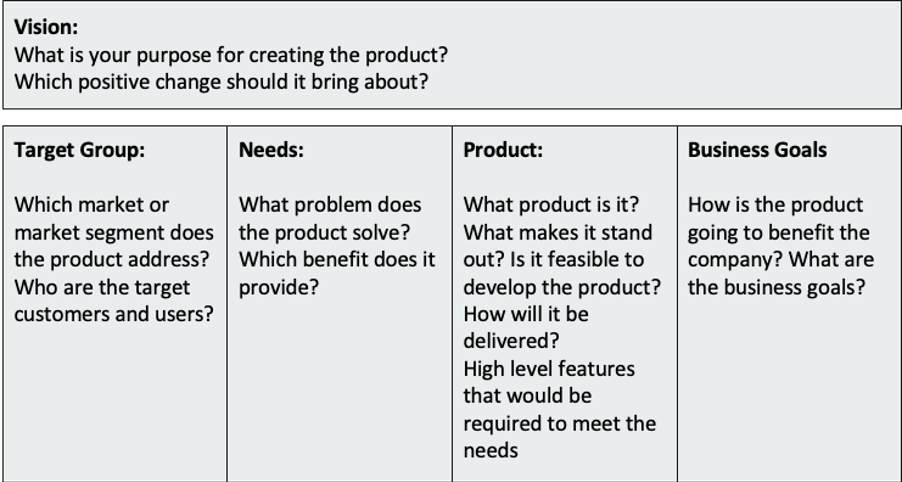Not what – Why
When building a new product - too often it is easier to start with What, When and How rather than the Why:
What you are going to build?
What problem you are facing?
What do you need to build it?
What will the benefits be?
How quickly can it be done?
How are we building it?
What cool tech can we use?
When will we launch it?
When can we start?
How much will it cost to make?
How can we get this signed off?
How much money will we make?
What is your purpose? What is your cause? What is your belief? You have to understand, clearly and be able to articulate… the Why. This goes for everything – the popular leadership book “Start with Why” is focussed on leadership and organisations – but why stop there?
At Enfuse Group I head up our Product function and have spent years helping organisations deliver their products to customers faster and to ensure the product is built in a customer-centric way – but far too often this work is too late in the process to really deliver something revolutionary.
Too often the answer has already been decided on, the direction of travel set. We as consultants are brought in to help course correct or speed up the process. My view is that the cause of these problems has little to do with what delivery processes you use or how capable your team is (although a delivery process focussed on iterative builds will help with the feedback gathering & course correcting process).
The cause of these problems starts with how the product was incepted:
We need a new App.
It should do X, Y & Z.
It’ll be fast and have great UI
We’ll make loads of money
Our competitor has a shiny new CRM
QUICK – for us to compete we need one too
Check the Gartner magic quadrant – get that one
Then someone runs off and writes a business case in order to receive funding – based on the assumption that you are building/buying the right thing. Business cases tend to start with some sort of financial analysis before explaining the benefits of the work, again based on a predefined solution.
This is where your product vision comes in – regardless of if you are delivering it using waterfall or iterative approaches. The product vision becomes the backbone, the foundation for your build. Before you even start to think about the solution, it ensures you fully understand and have shared the why the purpose for the product, the positive change the product will lead to.
A well thought-through vision will make producing a roadmap or a project plan more straightforward and will always give you something to refer back to if ever you question your direction.
This is where a thorough Product Vision Canvas such as the one below can be effective – it helps refine your thoughts based on Why rather than starting at What.
Without a vision – what do you prioritise against? Is it just what your leadership want you to build? What they think is the right answer – because of course they know best – they’re your leadership team!
Without understanding and focussing on the why – how can you ensure you really are delivering value? Now that value flow is central to many successful product organisations it is even more critical that this value is correctly defined.
Beginning with the Why helps you better understand How – which will easily lead to a better defined What.
Example:
Why: To help customers find, book and manage outstanding credible consultants easily, cheaply and with the personal touch
How: Use our network of exceptional, trusted contractors and match them with our existing customer pool to allow for easy search and booking
What: A platform that allows customers to either write a short brief for contractors to apply for or to search directly through our contractor directory. They can then see reviews, availability and rate information before booking them directly through the site

